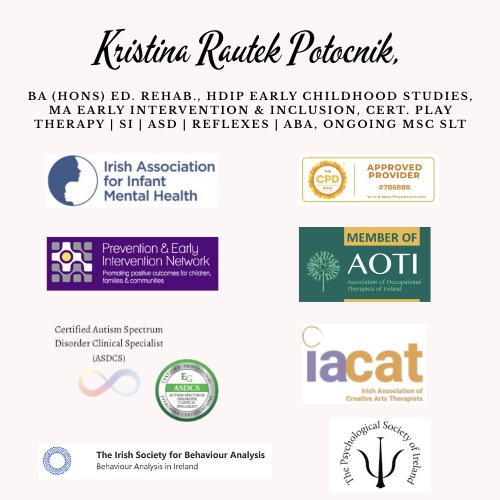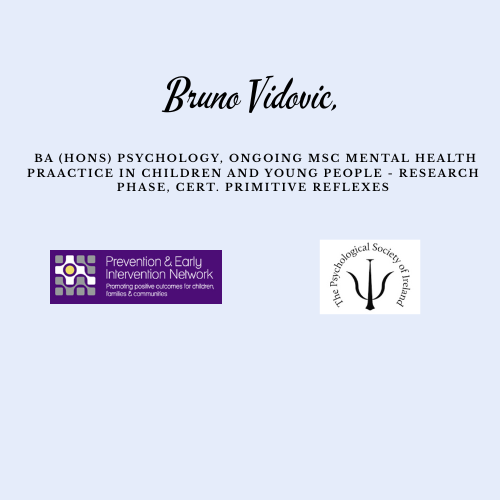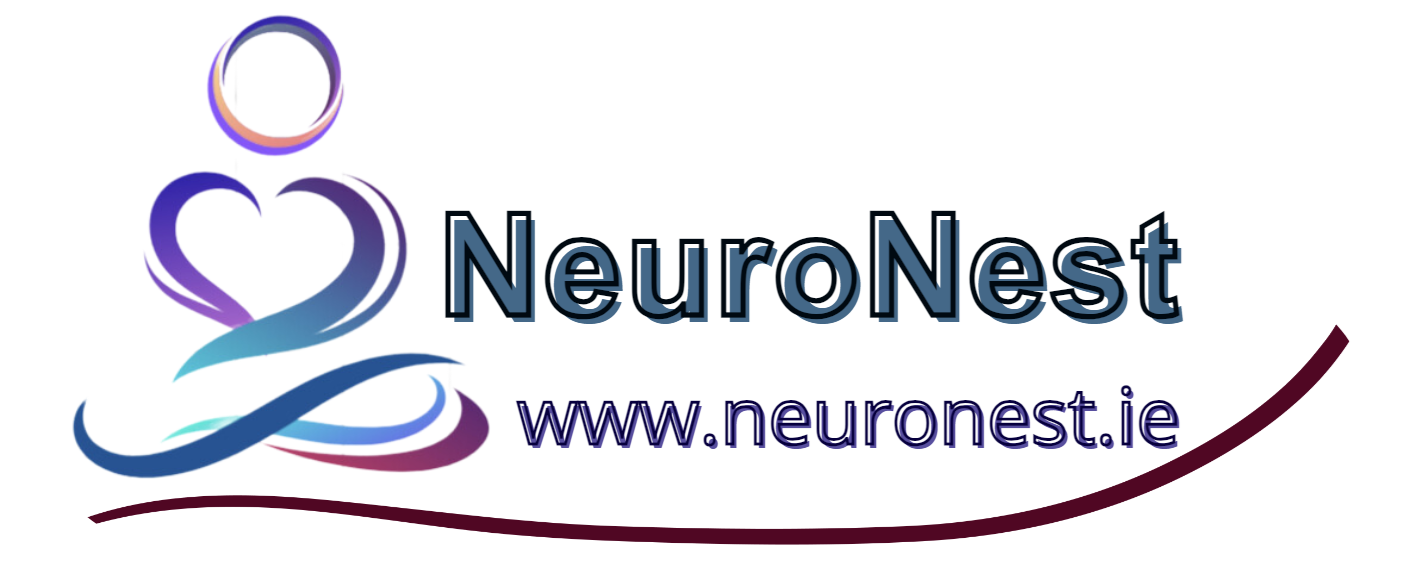How VR Meta Quest Helps Us Work with Children in NeuroNest – A Blend of Traditional and Modern Support

Author: NeuroNest
At NeuroNest, we believe every child has potential. Our goal is to help children grow, learn and feel safe – step by step. One of the new ways we do this is by using VR Meta Quest, a virtual reality headset that brings exciting and helpful experiences to children in a safe and guided way.
Many of the children we work with have difficulties in everyday situations. They may feel nervous about going to the shop, dentist, or meeting new people. Changes and loud sounds can be too much. For children with autism or ADHD, even small surprises can feel like a big problem.
That’s why we use VR – to slowly prepare children for real-life situations, but in a calm and safe environment. With VR, children can see and practise what will happen before it really happens. This helps them feel more ready and less afraid.
In our centre, we use different types of VR games and activities. For example, we have virtual stories where a child can walk through an airport, visit a doctor, or practise social situations like greeting a friend. They can also do everyday tasks like brushing teeth, getting dressed, or crossing the street. These games feel like play, but they are much more than that – they are a way to learn, feel confident, and stay calm.
One of our favourite VR activities is the obstacle course. In this game, children move through fun challenges like catching flying objects, pushing soft blocks, jumping over things, avoiding falling balls, or gently knocking something down. They love it!
These games are not just fun – they help in many areas. Children improve their balance and movement, focus better, plan what to do next, and most importantly, they learn how to manage their emotions. For example, if something in the game goes wrong, the child learns how to stay calm, try again, or ask for help. These are big steps, especially for children who often feel overwhelmed.
VR obstacle games are helpful for many children – especially those with autism, ADHD, sensory needs, or emotional difficulties. They help children practise how to control their body, focus attention, and stay relaxed even when something doesn’t go as planned.
But VR is not a replacement for the warm, human support we always give. It is just one more tool that helps us do our work better. Before using VR, we talk to parents, prepare the child, and make sure it is the right moment for them. We stay beside the child the whole time, ready to help if they need us.
Parents often tell us that their child is more open and confident after VR sessions. One mum said her daughter, who used to cry before every dentist visit, now goes happily because she “already did it in the goggles.”
For us at NeuroNest, this is what matters most – helping each child feel safe, strong, and ready for the real world.
Virtual reality can’t replace love, trust, or real connection. But when used the right way, it can support all of that – and make a big difference in a small person’s life.
Latest Posts
- How children make sense of the world through their senses
- How your baby learns about the world through their senses
- Helping your child grow stronger through movement and play
- Understanding How Early Intervention Helps Children Learn, Move, and Connect
- How to Recognise Tactile Defensiveness and Help Your Child Feel Safe
- Understanding Feeding Challenges and How to Support Your Child at Home
- Let’s Talk Sitting: Exploring Floor Seating Options
- Retained Primitive Reflexes: The Hidden Cause Behind Developmental Struggles
- Where Curiosity Blossoms: How Children's Play Nurtures Growth for All
- Helping Your Child Through Stress: A Gentle Guide for Parents
- Sweet Little Lies – How to Recognise and Respond with Care
- Chores Are More Than Just Tasks – They’re a Tool for Growing Independence, Focus, and Confidence
- How to Help Children Develop Emotional Intelligence
- Blending Technology and Care: How VR Meta Quest Supports Children at NeuroNest
- A simple guide for parents who want to raise confident, happy children
- Setting Boundaries with Love: A Simple 3-Step Guide for Parents
- Understanding Behavior Through the Nervous System
- A Compassionate Lens on Dysregulation in Non-Speaking Autistic Individuals
- Supporting Development Through Movement: The Role of the Swing in Early Intervention
- Blending Tradition and Innovation: How NeuroNest Supports Your Child’s Unique Journey
- When Movement Meets Innovation: Supporting Child Development with GoBalance
- Why Visual Perception Matters for Everyday Life and Development
- Benefits of Chess in Early Intervention
- Building Healthy Nutrition from the Start
- A Journey Back to Your True Self
- Supporting Your Child’s Hand Skills for Confident Writing
- Blending the Best of Both Worlds
- Helping Toddlers Eat Well: A Parent’s Guide
- Why Tummy Time Matters for Your Baby's Development
- Helping Your Child Build Everyday Independence
- Who Are the Disconnected Kids?
- From First Tries to Automatic Habits: Understanding the Stages of Skill Learning
- Why a Child’s Level of Alertness Matters for Memory and Learning
- Early brain development starts before birth
- Why Slowing Down, Adapting Tasks, and Adding Breaks Helps Children Learn Better
- Why ADHD, Autism, Dyslexia and Other Challenges Need a New Approach
- The surprising power of copying in child development
- Books are more than just language tools—they’re powerful allies in sensory and motor development.
- Rethinking sensory support: moving beyond expensive rooms toward everyday understanding.
- Understanding how fear develops in a child’s brain
- Understanding how an early baby reflex can affect your child’s daily life
- A gentle start into baby development through movement and bonding
- A child-centred, research-informed approach that uses the power of play to support communication, emotional regulation, motor development, and meaningful growth from infancy to twelve years.
Our Partners




Our Memberships


